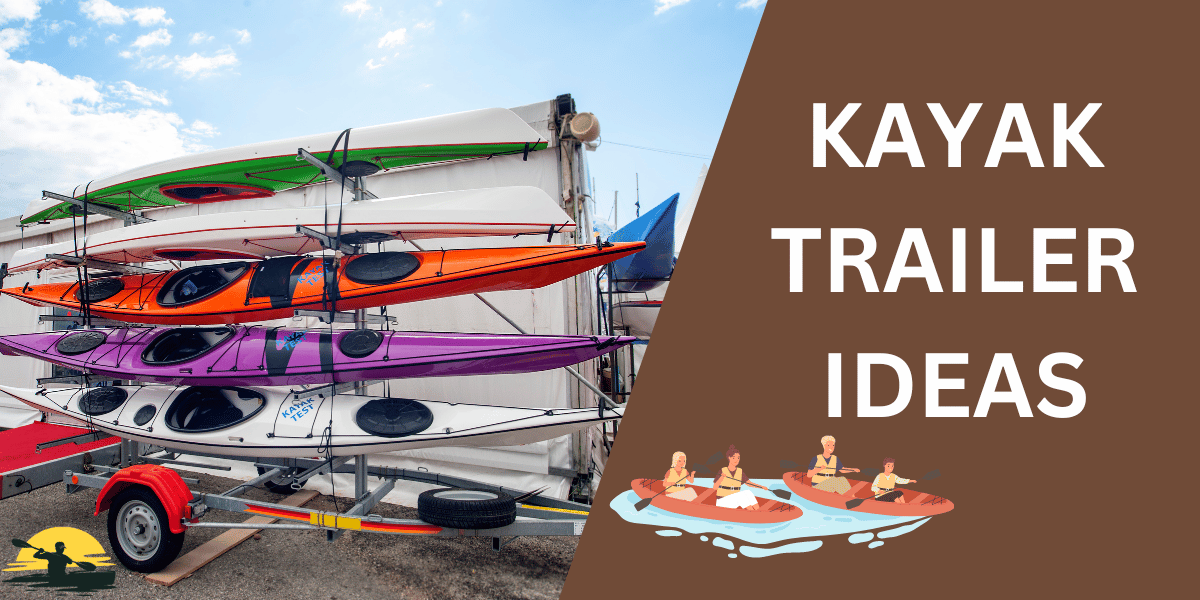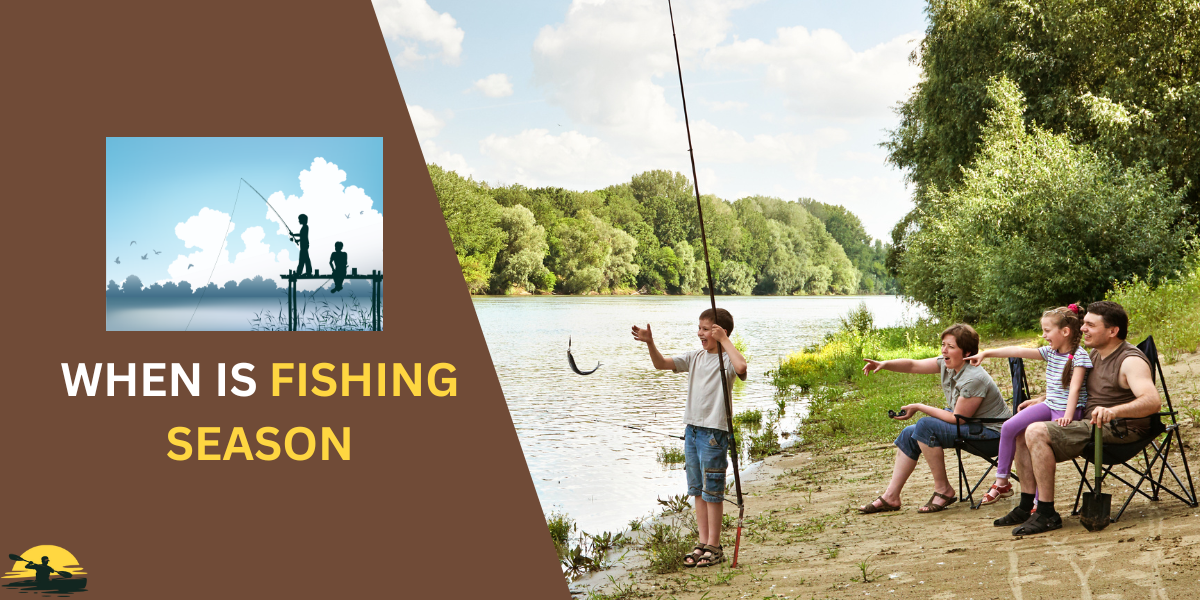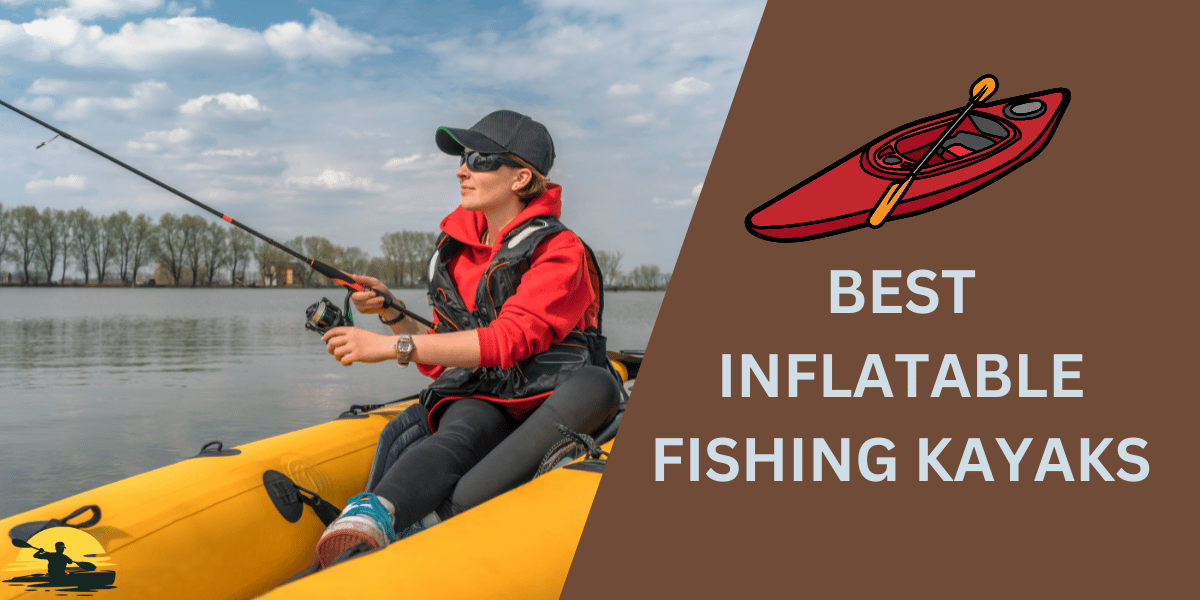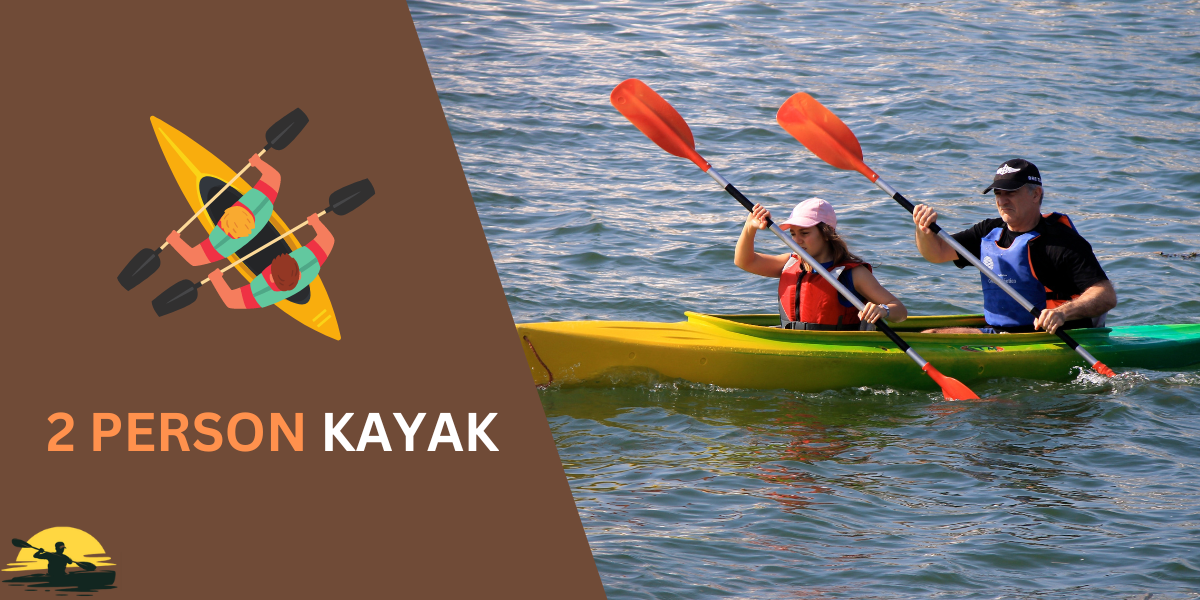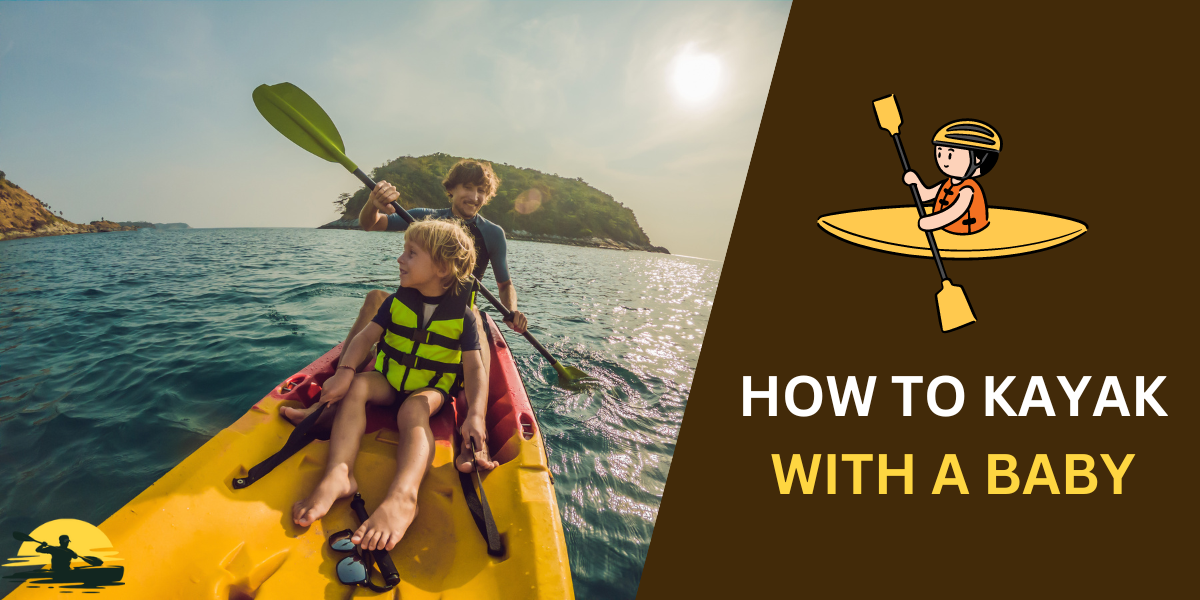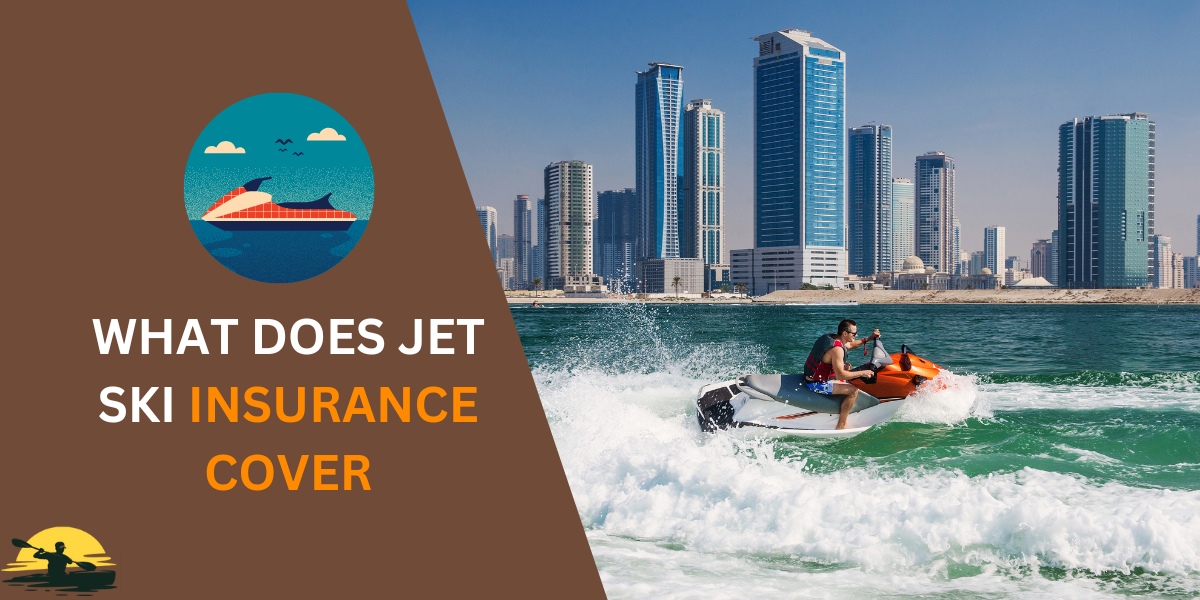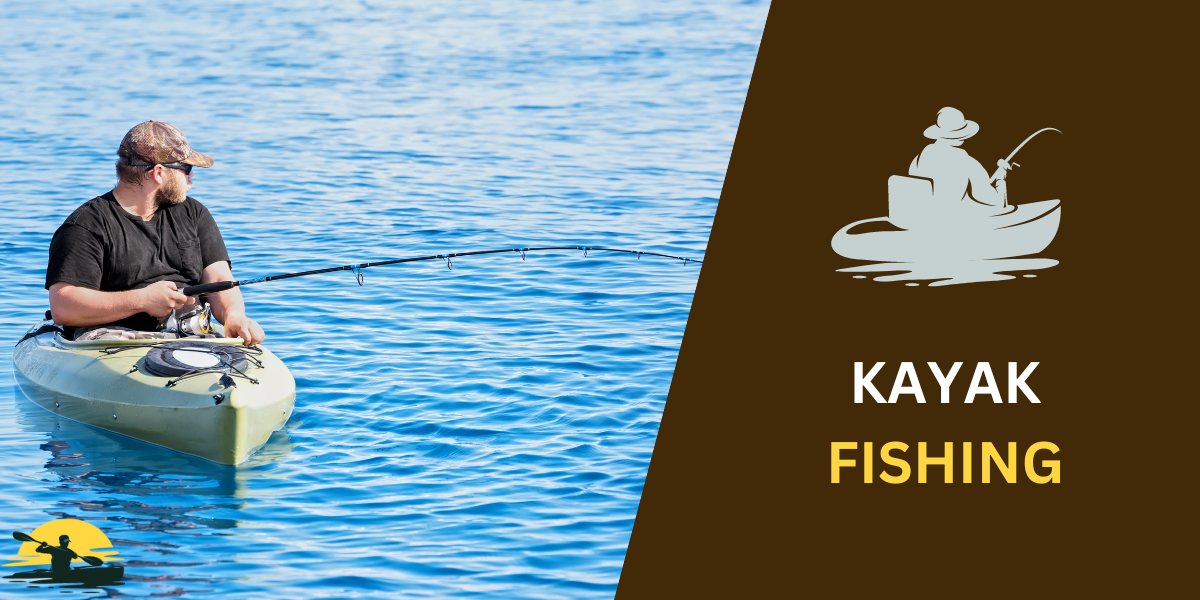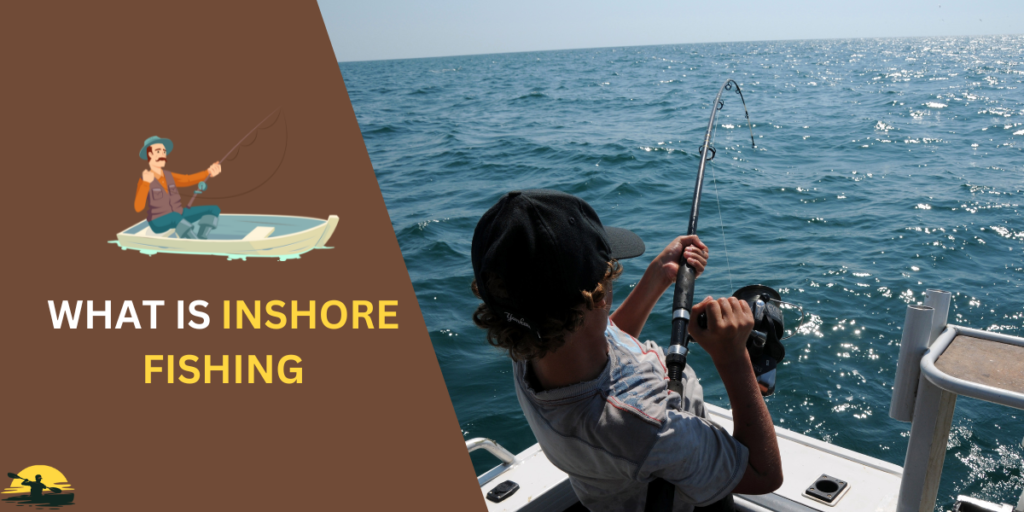
Are you dreaming of reeling in a big catch? Inshore fishing is your gateway to saltwater action!
It takes place in the calmer, shallow waters closer to shore, often using lighter tackle to target a variety of fish like speckled trout.
Whether you’re into flats fishing or bay fishing, inshore fishing offers an accessible and exciting adventure. Let’s dive in and explore this popular angling style.
- What it is: Fishing in shallow waters close to shore.
- Where: Bays, estuaries, flats, inlets.
- Gear: Simple rods, reels, and basic tackle.
- Fish: Speckled trout, redfish, flounder, striped bass.
- How to: Casting, live bait, drifting, bottom fishing.
- Tips: Be safe, research, respect rules, be patient, and protect the environment.
What is Inshore Fishing?
Inshore fishing, in simple terms, is fishing close to the shoreline.
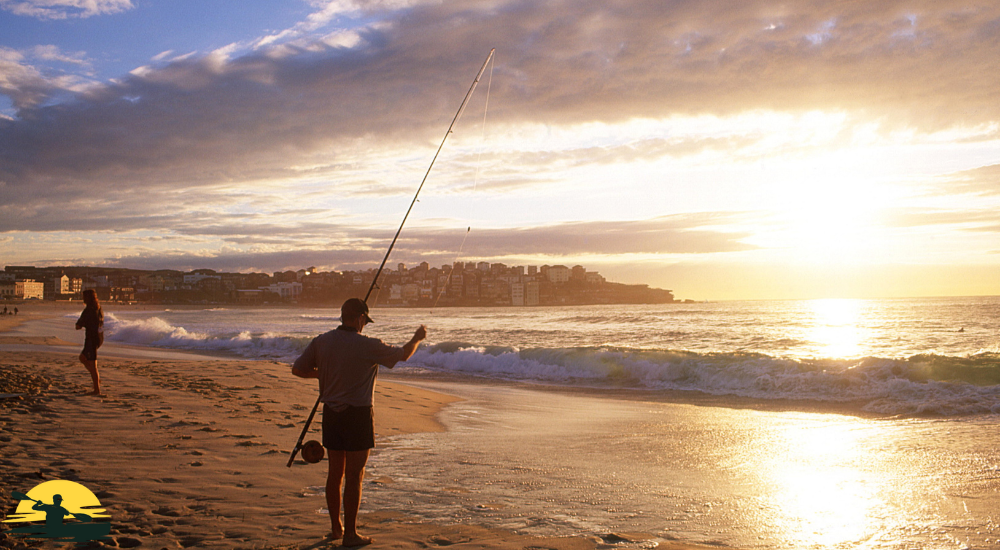
Think bays, inlets, estuaries, flats, and other areas where the water is a little shallow. This type of fishing is different from offshore fishing, which happens much farther out in the ocean.
One of the cool things about inshore fishing is that you don’t need a huge, fancy boat.
Many people fish from smaller boats, kayaks, canoes, or even just by wading into the water. This makes it a great option if you need access to a big boat or prefer staying closer to land.
The types of fish you’ll find inshore can vary depending on where you are, but some popular ones include speckled trout, redfish, flounder, and striped bass.
These fish tend to hang out in shallower waters, making them perfect targets for inshore anglers.
Essential Gear for Inshore Fishing
Getting geared up for inshore fishing is way easier than it might seem! You can use a little fancy equipment. Here’s the basic stuff you’ll want to grab before heading out:
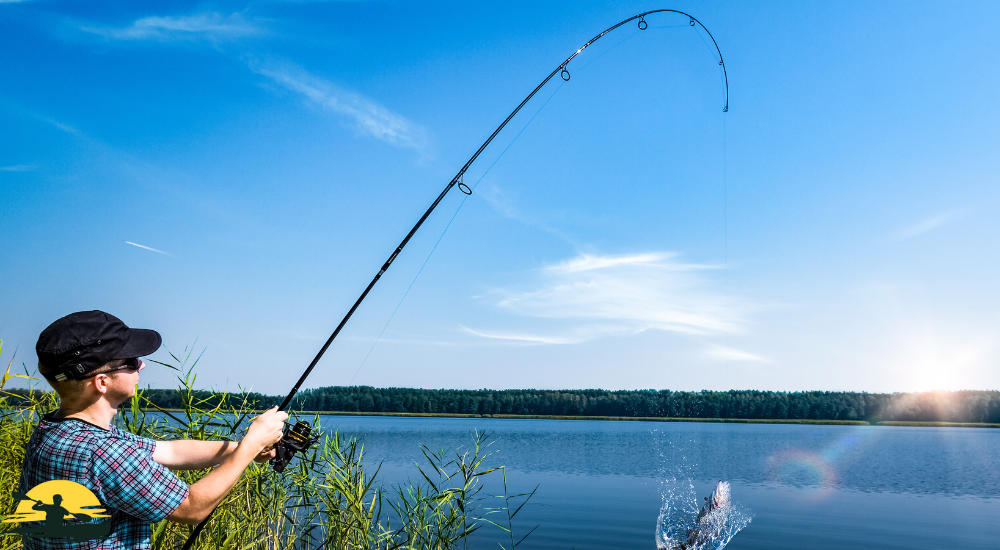
- Rod and Reel: You can use either a spinning or baitcasting setup. A spinning rod is a good choice for beginners because it’s easier to use.
- Line: The type of line you choose depends on the fish you’re trying to catch. The Monofilament line is a good all-around option, while the braided line is stronger but a little trickier to handle.
- Hooks and Bait/Lures: Hooks come in different sizes and styles, so choose ones that match the type of fish you’re after. For bait, you can use live shrimp, worms, or minnows. Lures are also a great option and come in all sorts of shapes and colors.
- Tackle Box: This is where you’ll store all your extra hooks, lures, weights, and other fishing goodies.
- Safety Gear: Always wear a life jacket when you’re out on the water, even if you’re a good swimmer. It’s also smart to bring sunscreen, a hat, sunglasses, and plenty of water to stay hydrated.
If you need help deciding what to get, don’t worry! Most fishing stores have helpful folks who can point you in the right direction. They can even help you choose the right gear based on the specific fish you’re hoping to catch.
Remember, it’s all about having fun and enjoying the experience!
Popular Inshore Fishing Techniques
Alright, so you’ve got your gear; now, how do you actually catch those inshore fish? There are a few different ways to fish inshore:
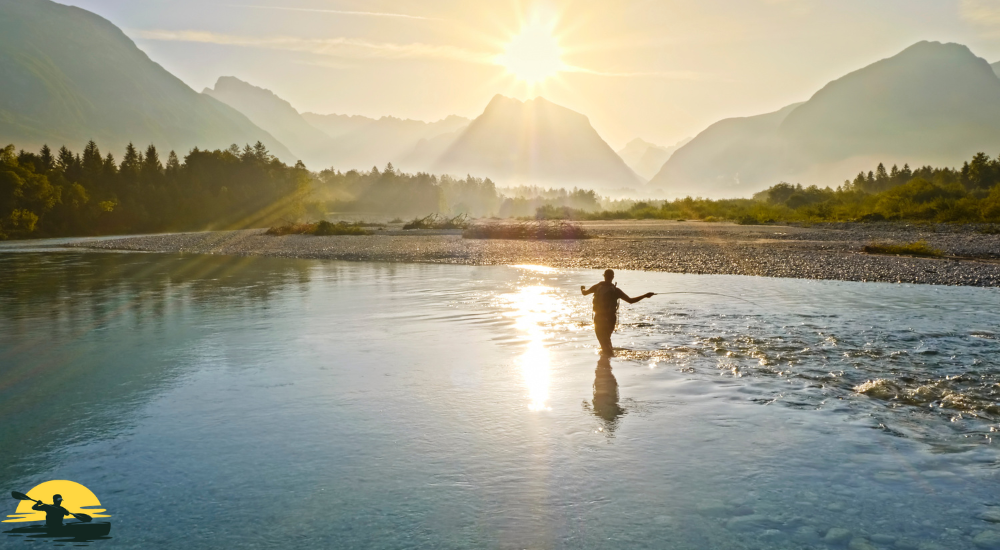
- Casting and Retrieving: This is the most common way to fish inshore. You cast your line out into the nearshore waters and reel it back in. It’s a good idea to try different speeds and movements to see what the fish like best.
- Live Bait Fishing: This involves using real, live bait like shrimp, worms, or minnows to attract fish. You hook the bait onto your line and let it dangle in the water.
- Drift Fishing: If you’re in an inshore boat, you can turn off the motor and let the current carry you along while your line drifts behind. This can be a relaxing way to fish.
- Bottom Fishing: This technique involves dropping your bait to the bottom of the water where certain fish species, like flounder, like to hang out.
No matter which technique you choose, remember that fish are like us – they have their moods and preferences. Some days, they might be super hungry and bite at anything, while other days, they might be picky eaters. Be patient, try different techniques, and most importantly, have fun!
Inshore Species
Inshore fishing trips open up a whole world of fish species you can try to catch. The exact types of fish you’ll find depend on your location and the time of year, but here are some of the most popular coastal fish species anglers target:
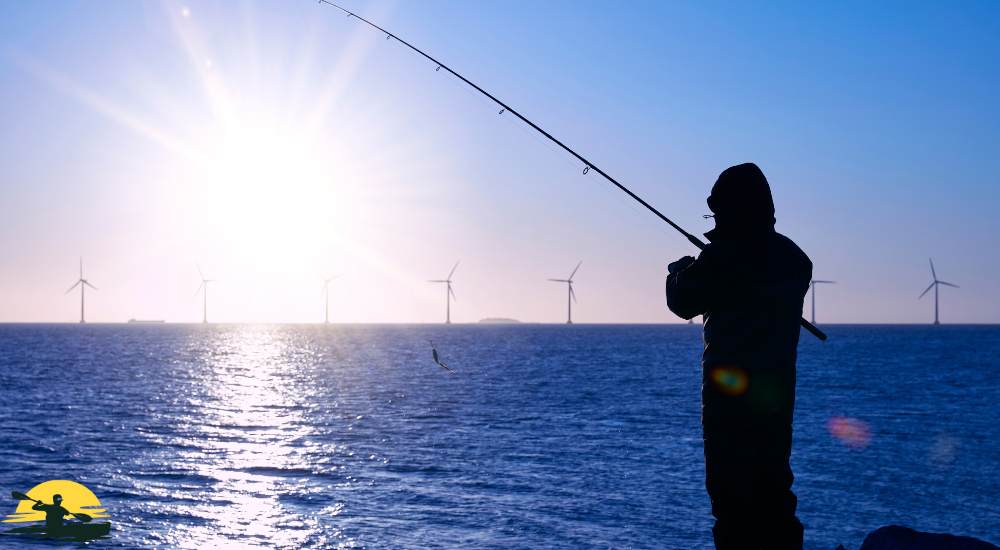
- Speckled Trout: These speckled beauties are a favorite among anglers, especially in coastal waters. They’re known for their fight and delicious taste.
- Redfish: Also known as red drum, these fish can get pretty big and put up a good fight. They’re found in many coastal areas and are another tasty catch.
- Flounder: These flatfish are masters of disguise, blending in perfectly with the sandy bottom. They’re not the most exciting fish to reel in, but they’re super yummy!
- Striped Bass: These fish are a blast to catch because they put up such a strong fight. They’re found in many coastal areas and are a popular target for inshore anglers.
These are just a few of the many fish species you can encounter while inshore fishing. Remember, different areas have different species, so do some research before your inshore fishing trip to see what’s biting!
Inshore Fishing Destinations
Choosing where to go inshore fishing is half the fun! Since inshore fishing means staying close to shore in coastal waters, there are tons of options to explore:
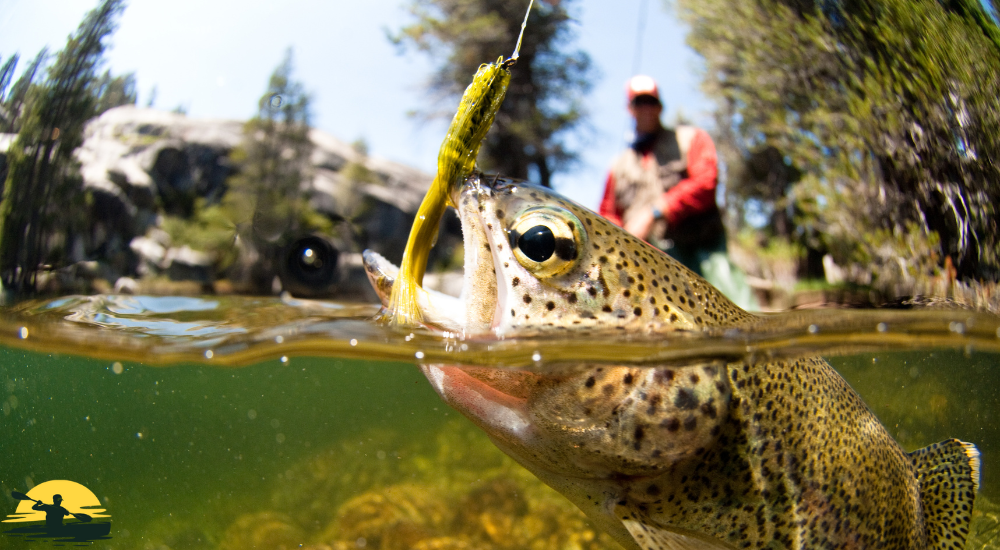
- Bays and Estuaries: These are like sheltered areas where rivers meet the ocean. They’re usually teeming with fish because there’s plenty of food around.
- Flats: These are shallow, sandy areas that are perfect for wading or fishing from a kayak or inshore boat.
- Inlets and Passes: These are narrow waterways that connect bays or sounds to the ocean. They can be great spots to find fish because the water is often moving, bringing in food with it.
- Mangrove Shorelines: If you’re in warmer areas like Florida, mangroves are like fish hotels. They provide shelter and food, attracting all sorts of inshore fish.
You can also fish from piers, jetties, or even just by casting from the beach. Do some research online or chat with local anglers to see what spots are hot in your area. And remember, always be safe and respectful of the environment wherever you fish!
Tips and Tricks
Would you be ready to cast your line? Here are some tips to make your coastal fishing adventure awesome:
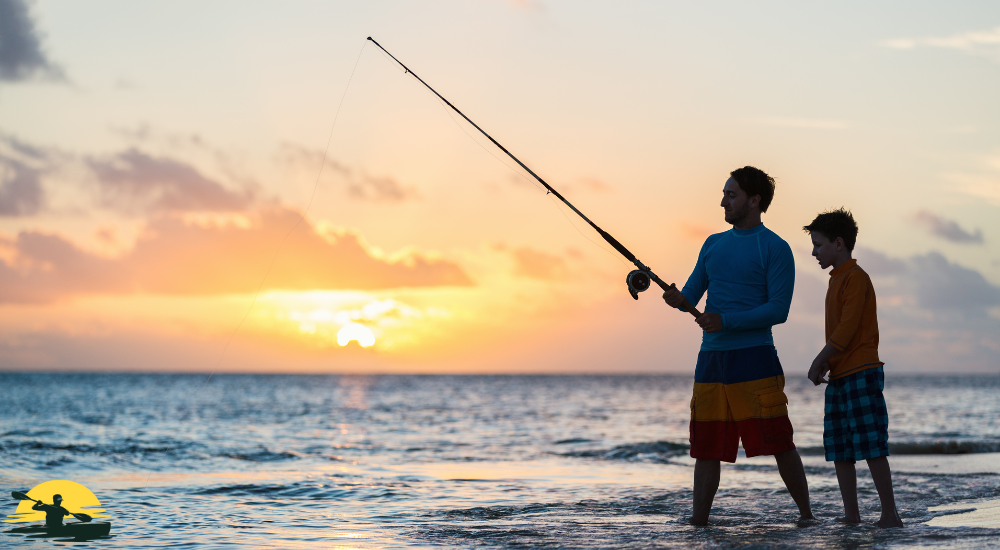
- Safety First: Always wear a life jacket when you’re out on the coastal waters, no matter how good of a swimmer you think you are. Check the weather forecast before you head out, and be prepared for changes. If you’re going on an offshore trip, make sure your offshore boat is equipped with the necessary safety equipment.
- Do Your Homework: Learn about the area you’re fishing in. Find out what inshore fish are biting, what bait or lures they like, and any local fishing regulations you need to know. Research the difference between inshore and offshore fishing to ensure you’re prepared for the specific conditions.
- Respect the Rules: Each area has specific rules about the size and number of fish you can keep, so make sure you know the regulations and follow them.
- Be Patient: Fishing is often about waiting and trying different things. Don’t get discouraged if you don’t catch anything right away.
- Respect the Environment: Leave your fishing spot as clean as you found it, and only keep the fish you plan to eat. If you catch a fish that’s too small or a species you don’t want to keep, gently release it back into the water.
Remember, inshore fishing is all about having fun and enjoying the outdoors. With a little preparation and the right mindset, you’ll be reeling in your own fish stories in no time!
Conclusion
So, there you have it! Inshore fishing is a fantastic way to experience the thrill of saltwater fishing without needing big, fancy offshore boats or venturing too far from shore.
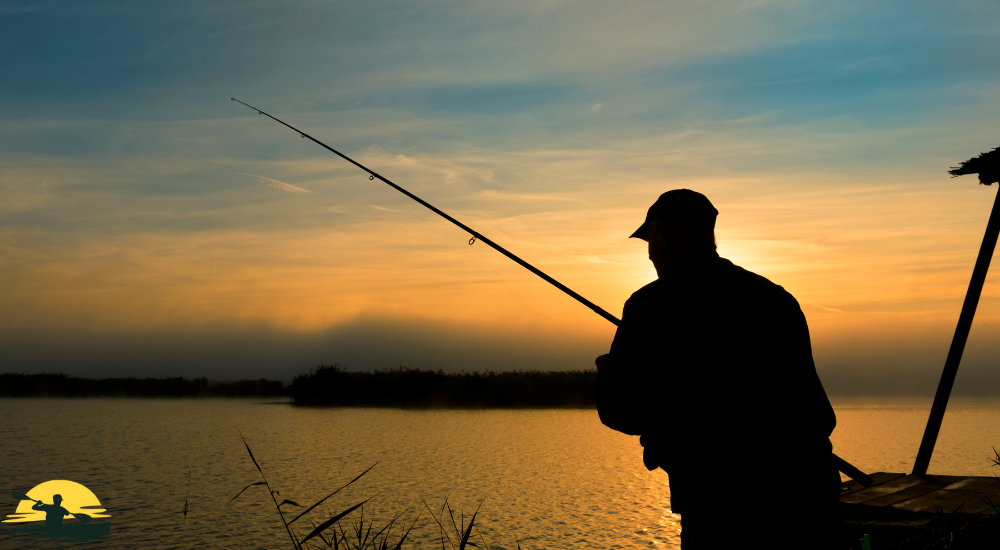
Whether you’re casting from a kayak, wading in the shallows, or cruising on a small inshore boat, inshore fishing offers a ton of fun and excitement.
It’s a chance to connect with nature, learn about different coastal fish species, and bring home a delicious catch for dinner. And who knows, you might even discover a new favorite fishing activity! So what are you waiting for?
Grab your gear, find a spot with some good inshore waters, and cast your line!
Frequently Asked Questions
What is the difference between inshore and offshore fishing?
Inshore fishing happens in shallower waters close to shore, often using smaller boats and lighter tackle. Offshore fishing, on the other hand, takes place in deeper waters farther from land, requiring larger ships and heavier gear.
What types of fish can I expect to catch inshore fishing?
Inshore species vary depending on location, but you can often find speckled trout, redfish, flounder, and striped bass. These fish thrive in shallower waters, making them perfect targets for inshore anglers.
Do I need a special boat for inshore fishing?
Not necessarily! While inshore boats are designed for navigating shallower waters, you can also fish from kayaks, canoes, or even by wading. Offshore and inshore fishing are different things. The deep sea is different from the place where we can do inshore fishing.
Is inshore fishing safe for beginners?
Generally, yes! Inshore fishing tends to be safer for beginners than offshore trips due to calmer waters and less intense conditions. However, it’s always crucial to wear a life jacket and be mindful of weather conditions. King mackerel is one of the best coastal fishing targets.
What are some popular inshore fishing activities?
Inshore fishing offers a variety of activities like flats fishing, bay fishing, and nearshore fishing. These activities often involve casting and retrieving lures, live bait fishing, or drift fishing. Which is better, inshore vs offshore?


